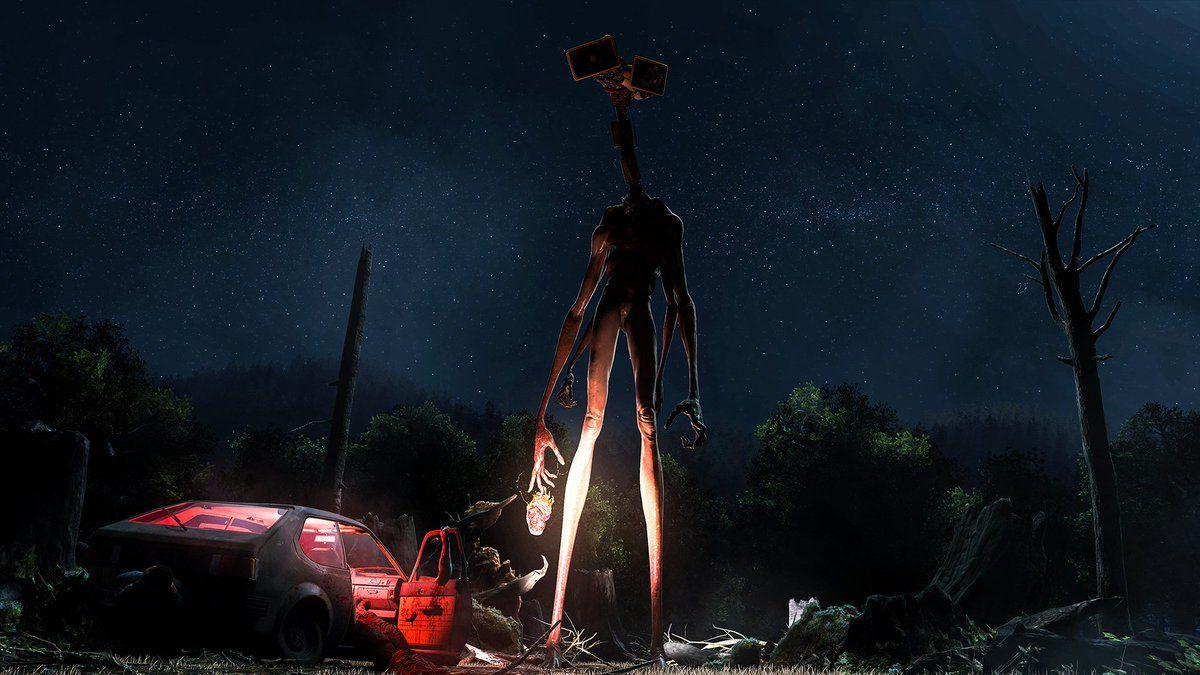
The converge point for the stereo cameras. Although the convergence of a stereo pair can be changed in post-production, different interocular distances will produce different results due to the parts of the scene being occluded from each point of view. Set the distance between the camera pair. The stereo pair, however, is offsetted, and can have unique rotation and shift between itself. For all the purposes this works as two cameras that share most parameters (focal length, clipping. When using the Stereo 3D scene view setup a stereo pair is created on-the-fly and used for rendering and previsualization.
#Anaglyph workshop movie free download full
It works only in fullscreen, and it should be used with the Full Editor operator. Render images for left and right eye one above another. There is an option to support Cross-Eye glasses. Render images for left and right eye side-by-side. This requires the graphic card to support Quad Buffer and it only works in fullscreen. An option to Swap Left/Right helps to adjust the image for the screen. We support Row, Column and Checkerboard Interleaved. Render two images for each eye into one interlaced image. We support Red-Cyan, Green-Magenta and Yellow-Blue glasses.

Render two differently filtered colored images for each eye. The display mode can be changed via the Window menu or if you create your own shortcuts for the wm.stereo_3d operator. On top of that you can set a different display mode for each window. Blender supports from high-end 3D displays to simple red-cyan glasses. An essential component of the Stereoscopy pipeline is the ability to display the stereo image in a proper display. The following sections are a more in-depth view of the individual components we visited in the workflow. The earlier the stereo pipeline is considered the smoother it will get. As this guide showed, there is more to stereo 3d rendering than just generate two images. In this example we saved as cross-eyed side-by-side stereo 3d. Your final animation can be saved in more robust formats than the ones used by the OpenGL render preview. In the Image Editor you can inspect the individual views and the stereo result. Once you are happy with the results you can render out the final animation. Pick the one that fits your display requirements. The options include individual files per view, top-bottom, anaglyph among others. In the Render Output panel you can chose the output Views Format.

Before rendering your scene you can save an OpenGL preview of the animation for testing in the final display. Be aware that some modes require a fullscreen editor to work. If you have a real 3d display at some point you can change the 3D display mode in the Window menu, by calling the Stereo 3D operator. In the following image the cameras frustum volumes are also visible. You can toggle this and other display settings in the Stereoscopy tab of the viewport properties panel. Go outside the camera view and you will instantly see the convergence plane in front of the camera. Before fine-tuning the camera parameters you can set the convergence plane in the viewport based in your scene depth layout. The viewport will respond in real-time to those changes allowing you to preview the current depth value of the scene. In the Camera panel go to the Stereoscopy tab and change the Convergence Distance. To tweak the stereo 3d parameters select the camera in the Outliner. Go to the Render Layers panel and enable Views for this scene.
#Anaglyph workshop movie free download series
Start opening up your project file, in this case turntable.blend from the Creature Factory 2 Open Movie Workshop series from the Blender Institute by Andy Goralczyk. blend file that was made for monoscopic rendering and transform it in stereo-3d ready. For this 5-minute guide we will take an existent. And: 100s of bug fixes and smaller feature improvements. Game Engine now allows smoother LOD transitions, and supports mist attributes animation Video Sequence Editor: Placeholders can now replace missing frames of image sequences 3D viewport painting now supports symmetry and the distribution of Dynamic Topology was improved The Decimate modifier was improved significantly. Modeling has a new Corrective Smooth modifier. High quality options for viewport depth of field were added UI now allows font previews in the file browser. Cycles has much awaited initial support for AMD GPUs, and a new Light Portals feature.

Blender now supports a fully integrated Multi-View and Stereo 3D pipeline


 0 kommentar(er)
0 kommentar(er)
